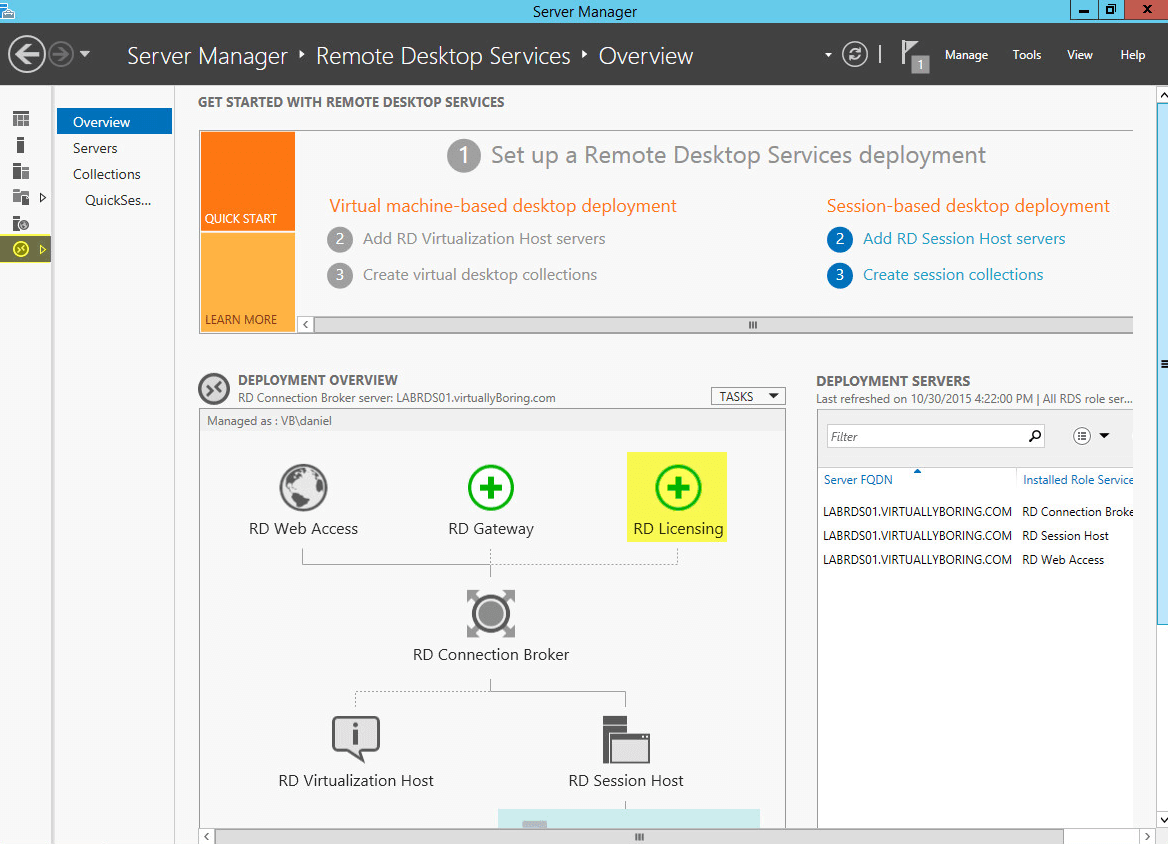

This tab allows users to connect to a remote PC of their choice (almost useless, and always dangerous). But in any event, some interesting basic results can be achieved with just a few configuration changes such as: Unfortunately, the user interface cannot be easily customized. The default web interface shows the published Desktops and the Remote Applications. The preferred way to access RDS services is through Web Access, either directly from internal LAN or remotely through the RD Gateway component which acts as a reverse proxy. Modern RDS architecture can become very complex, with Roles hosted on several servers: Windows Server 2016 introduced User Profile Disks to host users’ roaming profiles. This stateless data flow allows better performance via connections with a limited packet loss. Windows Server 2012 introduced session data streaming using a UDP flow: typically, on port 3389/UDP. Beginning with Windows Server 2008 R2 and Windows XP, RDS can share single Applications. Windows Server 2008 introduced the Remote Desktop Gateway service component, also known as RD Gateway, which can tunnel the RDP session using an HTTPS channel, which is most suitable for Internet service publishing.Įarly RDS versions could only share the whole Windows Desktop on a remote client. Starting with Windows 2000, it was an optional role.Įarly releases only allowed connections through a single TCP port: 3389/TCP. RDS was first released as “Terminal Server” in “Windows NT Server 4.0 Terminal Server Edition”. All input from the client system is transmitted to the server, where software execution takes place. With RDS, only the software user interfaces are transferred to the client system.

The Microsoft Remote Desktop Services (RDS) architecture is widely used to publish centralized Desktop and Windows Applications to users from remote sites. 2018 Alessandro Romboli NetEye, Unified Monitoring Microsoft Remote Desktop Services: Customization and Performance A Little History


 0 kommentar(er)
0 kommentar(er)
